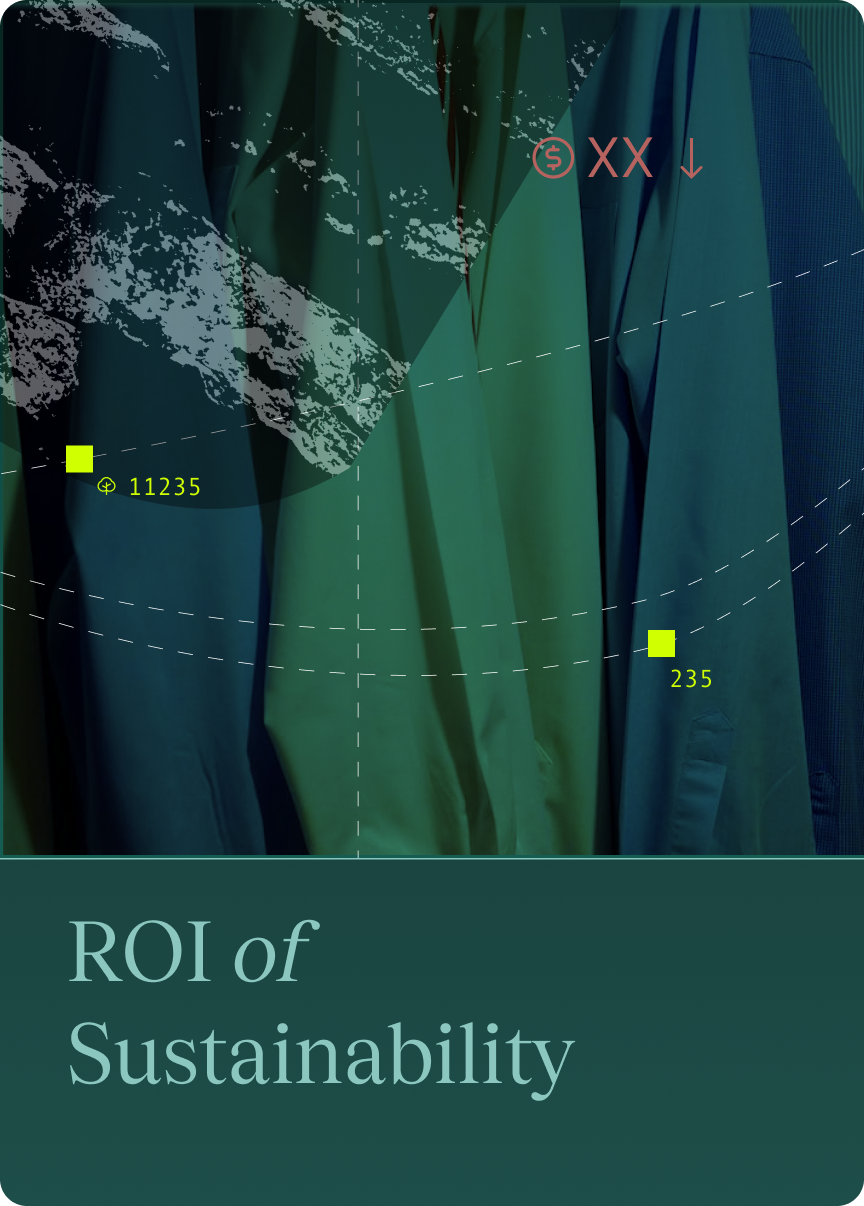New sustainable textile materials are on the rise. The fashion industry is increasingly recognizing the benefits of sustainable materials, leading to the development of innovative eco-materials that promise to minimize environmental impact. Innovative sustainable textile materials and sustainable clothing materials in fashion are crucial to limiting the sector's impact.
The importance of sustainable materials cannot be overstated, as they offer a viable solution to reducing carbon emissions through circular sourcing and energy-efficient production processes. These new sustainable textile materials, ranging from bio-based textiles to fabrics made from recycled content and advanced carbon capture technologies, represent a significant shift towards more eco-friendly practices in sourcing raw materials. The benefits of sustainable materials are manifold, not only in terms of environmental preservation but also in setting a new standard for the industry's future.
As we explore the potential of these new sustainable textile materials, we're witnessing a pivotal transformation in the fashion industry, underscoring the importance of sustainable materials in achieving a greener, more sustainable future. The benefits and importance of prominent sustainable materials are outlined below, including breakdowns of these innovative sustainable textile materials and their use in fashion.
Agricultural Waste: Sustainable Fashion from Raw Materials
Transforming waste products from food production into sustainable material from waste not only tackles the issue of waste but also gives rise to new and exciting biomaterial textiles and biodegradable fabric. This innovative method of creating sustainable fashion from waste raw materials turns this potential waste into precious sustainable fashion, fostering a more circular approach within the industry. As a result, we can craft biodegradable fabric from these repurposed resources, creating sustainable fashion raw materials, significantly reducing the environmental impact and offering an eco-conscious alternative for sustainable fashion raw materials.
Waste-saving sustainable innovative clothing textile materials are driving big changes in fashion. The creation of biodegradable fabric from such waste streams epitomizes the true potential of sustainable fashion raw materials from waste, highlighting a shift towards more sustainable practices within the fashion realm. These sustainable fashion raw materials, derived from the by-products of food production, are not only environmentally advantageous but also enrich the textile market, providing designers with a broader palette of sustainable options. A world with more sustainable innovative clothing textile materials to use in fashion is all the more rich, and as the fashion industry increasingly adopts biodegradable fabric, it marks a pivotal movement towards minimizing waste and promoting the use of sustainable fashion raw materials in creating environmentally friendly apparel.
Agraloop™ BioFibre™:
- Waste products from crops — oilseed hemp/flax, CBD hemp, banana, pineapple
- Used to make silk alternatives and other fibers
Orange Fiber:
- Made from citrus juice by-products
- Makes man-made cellulosic (like viscose)
Clothing from Recycled Textiles and Fabrics
Innovations in sustainable textile materials are driving the industry towards a greener future, transforming discarded garments into high-quality recycled fabrics that challenge the traditional fast fashion model. Sustainable textile materials rely on technologies turning textile waste, like clothing and textile recycling, into new recycled textiles. These sustainable textile materials and recycled fabrics are ever-improving, relying on clothing and textile recycling to unveil new exciting recycled fabrics: more sustainable and innovative clothing textile materials for use in fashion.
The development of these sustainable textile materials can help make fashion truly circular, utilising previous waste streams to bolster the use of clothing and textile recycling in a world focused on fast fashion. The use of recycled, more sustainable and innovative clothing textile materials in fashion, rather than relying on the raw material alternative, is a real game-changer. By enhancing the recycling process, these sustainable textile materials not only reduce waste but also conserve natural resources, setting a new standard for environmental responsibility in the fashion industry.
Circulose® and RPure:
- Made from discarded cotton clothes and production waste
- Turned into conventional cotton alternatives
NuCycl™:
- Made from discarded clothing
- Used as man-made cellulosic (like viscose) and polyester alternatives
Carbon Capture CO2-Absorbing Textiles
Look no further than carbon capture if you are looking for truly sustainable and innovative clothing textile materials for use in fashion and beyond. It is a very new technology creating CO2-absorbing textiles and the potential to change the face of man-made material production, creating carbon-negative fabric and textiles made from greenhouse gases. Carbon capture textiles incorporate materials that can absorb CO2 from the atmosphere, effectively reducing greenhouse gas levels as part of the fabric’s lifecycle.
These carbon-negative fabrics are creating truly sustainable innovative clothing textile materials in fashion, with CO2-absorbing textiles that actively remove carbon from the atmosphere in a move the fashion industry did not realise the potential of until now. Innovative developments in carbon-negative fabrics and CO2-absorbing textiles are paving the way for a more sustainable fashion industry by actively reducing the carbon footprint of apparel.
AirCarbon®:
- Made using captured greenhouse gas mimicking a process that occurs naturally in the ocean
- Plastic and leather alternative
CarbonSmart™:
- Uses greenhouse gas converted by bacteria
- Creates a polyester alternative
Fashion Brands and Designers Using Sustainable Materials
Increasingly, fashion brands using sustainable materials are leading the charge in the industry’s shift towards more responsible practices. The fashion brands that are using sustainable materials are pioneers, also encouraging others to take the leap. As such, fashion designers who use sustainable materials are also making significant contributions to this movement. By integrating eco-friendly fabrics into their collections, these fashion brands and designers who use sustainable materials are setting new benchmarks for sustainability.
The commitment of the fashion designers who use sustainable materials and the fashion brands using sustainable materials are reshaping the landscape of fashion, influencing both large-scale brands and independent creators. This trend is not just a passing phase but a fundamental change in how fashion is conceptualized, designed, and produced. Fashion brands using sustainable materials, alongside these visionary designers, are proving that style and sustainability can go hand in hand, offering consumers fashionable choices that are also kind to the planet.
These materials and others in development have the power to change the face of the planet. In addition to reducing carbon emissions, next-generation materials can help to address other sustainability challenges in the fashion industry, such as water pollution, land use and waste.
By focusing on sustainable materials, fashion companies can create products that are not only stylish and functional but also more environmentally responsible. Overall, the development and adoption of next-generation materials is a crucial step in reducing the fashion industry's impact, creating a circular industry and building a more sustainable future for our planet.
If you want to stay up to date with the latest innovations in the fashion industry, join Vaayu’s LinkedIn community of forward-thinking retail professionals or sign up to our free newsletter.






.png)


